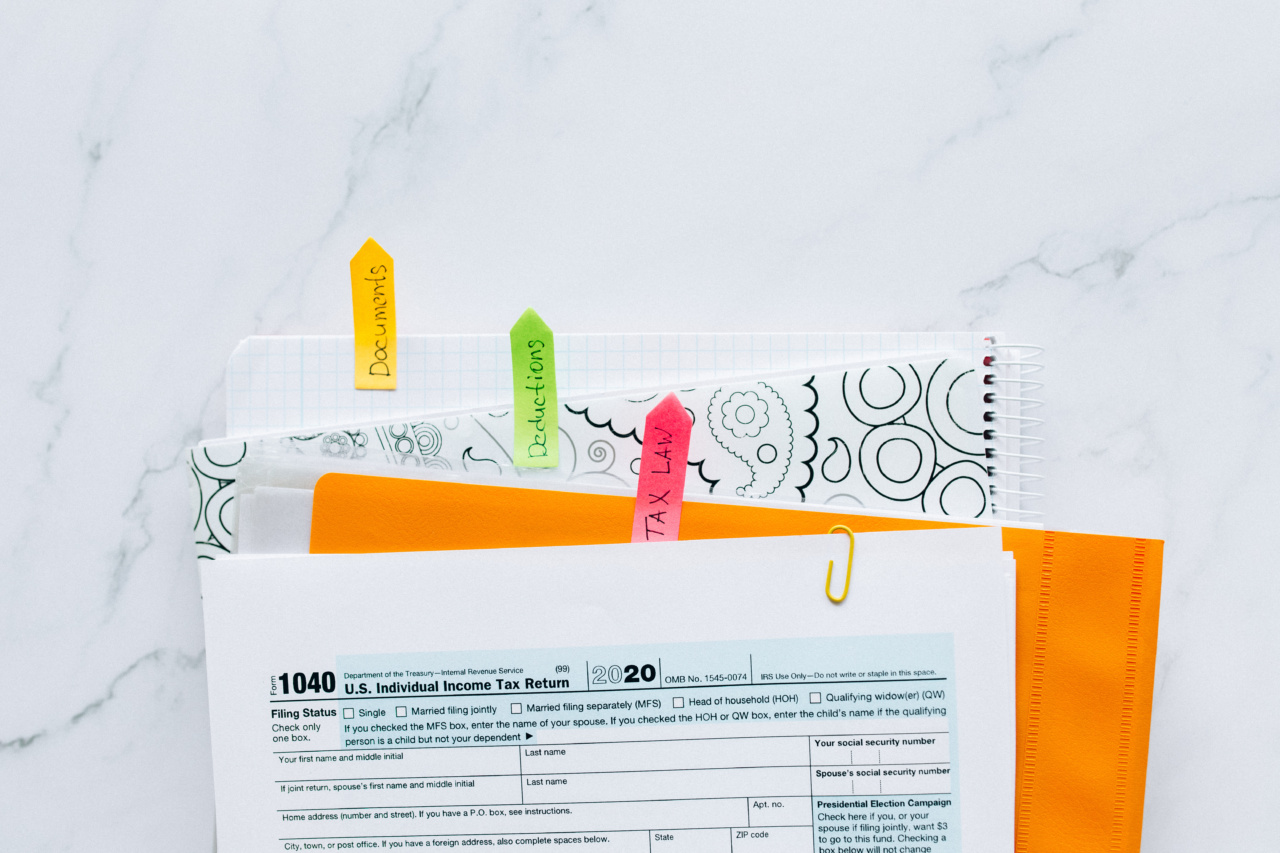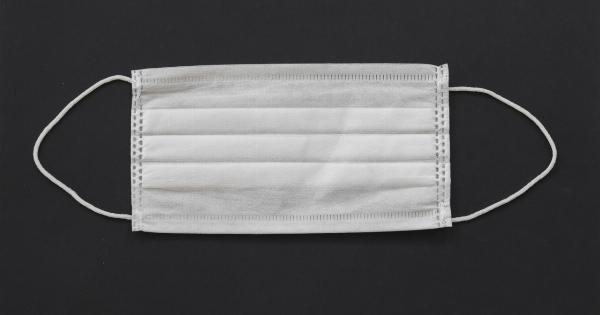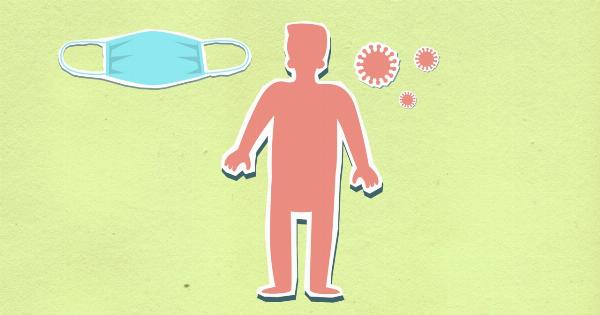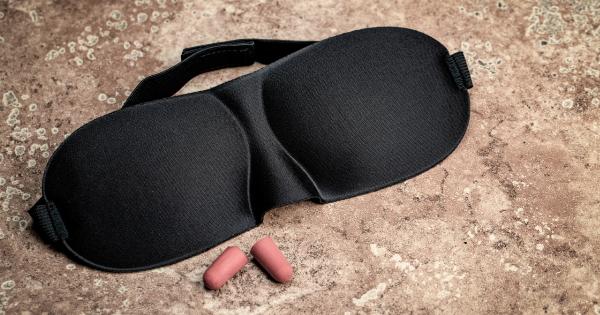Bronchiolitis is a viral respiratory infection that affects the lungs and breathing passages in babies. It is a common illness that mostly affects children under the age of 2 years.
When babies get bronchiolitis, their air passages become inflamed, and they produce mucus, which makes it difficult for them to breathe.
In this article, we will investigate the specific time of the year when bronchiolitis is most common in babies.
What is Bronchiolitis?
Bronchiolitis is a common respiratory infection that most often affects infants and young children. It is caused by a virus that infects the small airways in the lungs, called bronchioles.
The virus causes inflammation and swelling in the airways, making it difficult for air to flow in and out of the lungs, which can lead to breathing difficulties.
Babies may be at higher risk of bronchiolitis if they are exposed to tobacco smoke, have a weakened immune system, or attend daycare. Breastfeeding and vaccinations can help prevent bronchiolitis in babies.
When Does Bronchiolitis Occur?
Bronchiolitis is most common during the fall and winter months, typically from October to March. This is the season when other respiratory viruses, such as the flu and the common cold, are also widespread.
The peak season for bronchiolitis may vary depending on the location and climate. In some areas, the peak season for bronchiolitis may begin earlier in September, while other regions may experience a later peak season in January or February.
Why is Bronchiolitis More Common in the Winter?
There are several reasons why bronchiolitis is more prevalent during the winter months. Firstly, the cold and dry air of winter can irritate the airways, making them more susceptible to infection.
In addition, more people tend to stay indoors in the winter, and this close proximity can facilitate the spread of viral infections.
Furthermore, the winter is when children return to school and daycare, increasing the opportunity for viral transmission among children.
Risk Factors for Bronchiolitis
Bronchiolitis is more common in babies who are exposed to risk factors that can weaken their immune systems. These may include:.
- Being born prematurely
- Having a functionally compromised immune system
- Exposure to tobacco smoke
- Attending daycare
- Having a low birth weight
- Living in crowded or unsanitary conditions
Signs and Symptoms of Bronchiolitis
The signs and symptoms of bronchiolitis may vary depending on the severity of the infection. In mild cases, there may be no noticeable symptoms other than a runny nose or mild cough. In severe cases, however, babies may experience:.
- Rapid or shallow breathing
- Wheezing
- Coughing
- Fever
- Poor feeding or reduced appetite
- Lethargy or irritability
- Bluish skin color (in severe cases)
If your baby shows any of these symptoms, it is important to seek medical attention immediately. Bronchiolitis can be a serious illness that requires prompt treatment.
Preventing Bronchiolitis
While there is no definite way to prevent bronchiolitis, several measures can help reduce the risk of infection:.
- Wash your hands regularly and encourage frequent handwashing in your family members
- Cover your mouth and nose when you cough or sneeze
- Avoid exposing your baby to tobacco smoke, and encourage family members and visitors not to smoke around your baby
- Keep your baby away from people who are sick
- Ensure your baby receives all recommended vaccinations, such as for influenza
- Practice good hygiene at home, including regularly cleaning and disinfecting surfaces
- Consider breastfeeding your baby, as breast milk contains antibodies that can help protect against infections
Treatments for Bronchiolitis
There is no specific treatment for bronchiolitis, as it is caused by a viral infection and antibiotics are not effective against viruses. In most cases, bronchiolitis will resolve on its own, with supportive care:.
- Ensure your baby gets plenty of rest
- Offer your baby small, frequent feeds to prevent dehydration
- Use a cool-mist humidifier to keep the air moist and make it easier for your baby to breathe
- Administer over-the-counter pain relief, such as acetaminophen, if your baby has a fever or is in pain
- Monitor your baby’s breathing and seek medical attention if their breathing becomes labored or difficult
Conclusion
Bronchiolitis is a common respiratory infection in babies that is caused by a viral infection. It is most common during the winter months, from October to March, and can lead to breathing difficulties and other symptoms in babies.
While there is no exact way to prevent bronchiolitis, there are several strategies parents can use to reduce the risk of infection, including frequent handwashing, avoiding exposure to tobacco smoke, and ensuring your baby receives all recommended vaccinations. If your baby shows any symptoms of bronchiolitis, it is important to seek medical attention immediately.




























